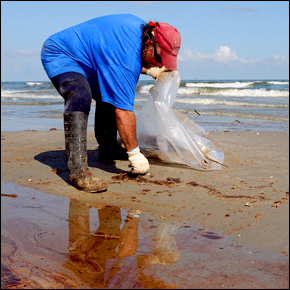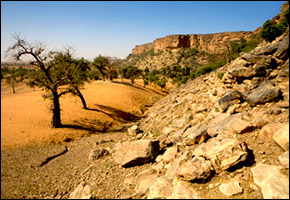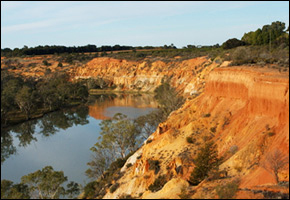Report: Fracking Tests Caused Two Quakes in England, But Unlikely to Threepeat
Shale gas test drilling likely triggered two minor earthquakes in northwestern England earlier this year, according to a a new report commissioned by Cuadrilla Resources, a private United Kingdom-based energy company.
In June, Cuadrilla Resources suspended its test drilling in northwestern England over fears that hydraulic fracturing might have been linked to a 2.3-magniture tremor that occurred on April 1 and to a second quake, of magnitude 1.5, on May 27. The British Geological Survey located the epicenter for each quake as being 500 meters (1,640 feet) away from a Cuadrilla well in northwestern England.
The report, which Cuadrilla Resources has said will be submitted for peer review, has concluded that these tremors were due to an “unusual combination of factors” — including the specific geology of the well site, as well as the pressure exerted by water injection into a fault zone 3 kilometers (2 miles) underground — and that these conditions were “unlikely to occur again.”
The tremors were two orders of magnitude stronger than those normally observed from hydraulic fracturing, but the worst-case scenario, if these factors were to combine again, would be a 3-magnitude earthquake that “is not expected to present a risk,” according to the report.
Protests and Opposition
Ahead of the report’s release, six protesters from a campaign group called Frack Off climbed a drilling rig at a Cuadrilla Resources test drilling site. Protesters against hydraulic fracturing — the process of injecting water, chemicals, and sand at high pressure into rock formations to free the oil and natural gas trapped inside — have said the study “did not inspire confidence” and that Cuadrilla Resources “should have done their research before drilling began,” the BBC reported.
Opposition to hydraulic fracturing has been growing in the U.K. as the country is reckoning with the prospects of developing shale gas to diversify its energy sources, reduce its carbon emissions, and wean its dependence on imported gas and oil.
There are concerns that hydraulic fracking uses millions of liters of water per well and that it might pose a pollution risk to underground aquifers, as well as to the air. Conversely, executives in the energy industry say that natural gas burns cleaner than coal and oil, yielding half the carbon emissions of these competing fossil fuels.
Sources: BBC, Geomechanical Study of Bowland Shale Seismicity
, a Bulgaria native, is a Chicago-based reporter for Circle of Blue. She co-writes The Stream, a daily digest of international water news trends.
Interests: Europe, China, Environmental Policy, International Security.







Leave a Reply
Want to join the discussion?Feel free to contribute!